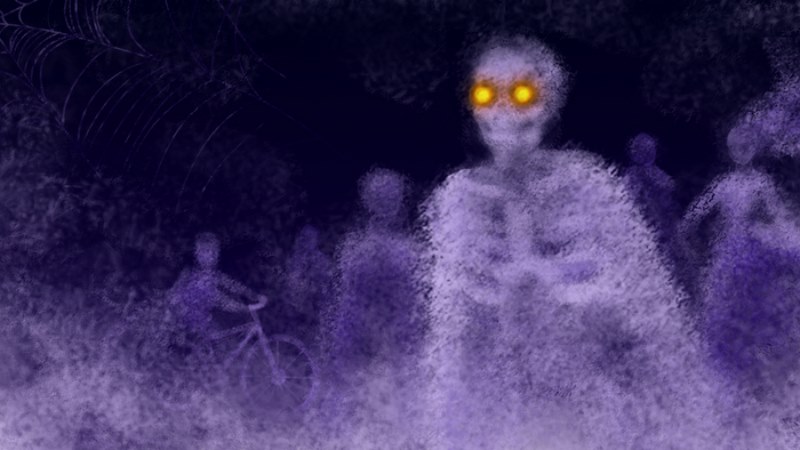Danzón reveals the emergence of an endogenous musical expression in the nineteenth-century Cuban sociocultural framework. In it, some of the features that make up the local identities of the Island are consolidated. Its first major figure was a middle-class, mestizo musician, who attended the most diverse - sometimes contrasting - musical stages of the time, in a context filled with dance music.
It was Miguel Faílde from Matanzas who assimilated the sound influences of the moment and turned them into a sort of music-dance genre that revolutionized Cuban culture around 1870. With the exception of Abelardo Valdés (1911-1958), there was no Danzón composer in history that transcended on a universal scale to the extent that the creator of the iconic danzon Las alturas de Simpson did.
Generations later, one of his descendants found continuity for his legacy. In the first decade of this millennium, the young flutist Ethiel Fernández Faílde decided to create and conduct an orchestra baptized with the family name. Under structural canons similar to those used by Miguel Faílde in its typical orchestra format, the new group began a saving effort that has gradually returned to Matanzas the status of Danzón capital before Cuba and the world, after a certain decline in the trajectory of this genre.
Publicaciones relacionadas

Obras de García Márquez para celebrar Halloween
Octubre 30, 2024
Cerrado por obras: Museo Sorolla
Octubre 29, 2024
La Mascarada llena de color y vida a Costa Rica
Octubre 28, 2024
















